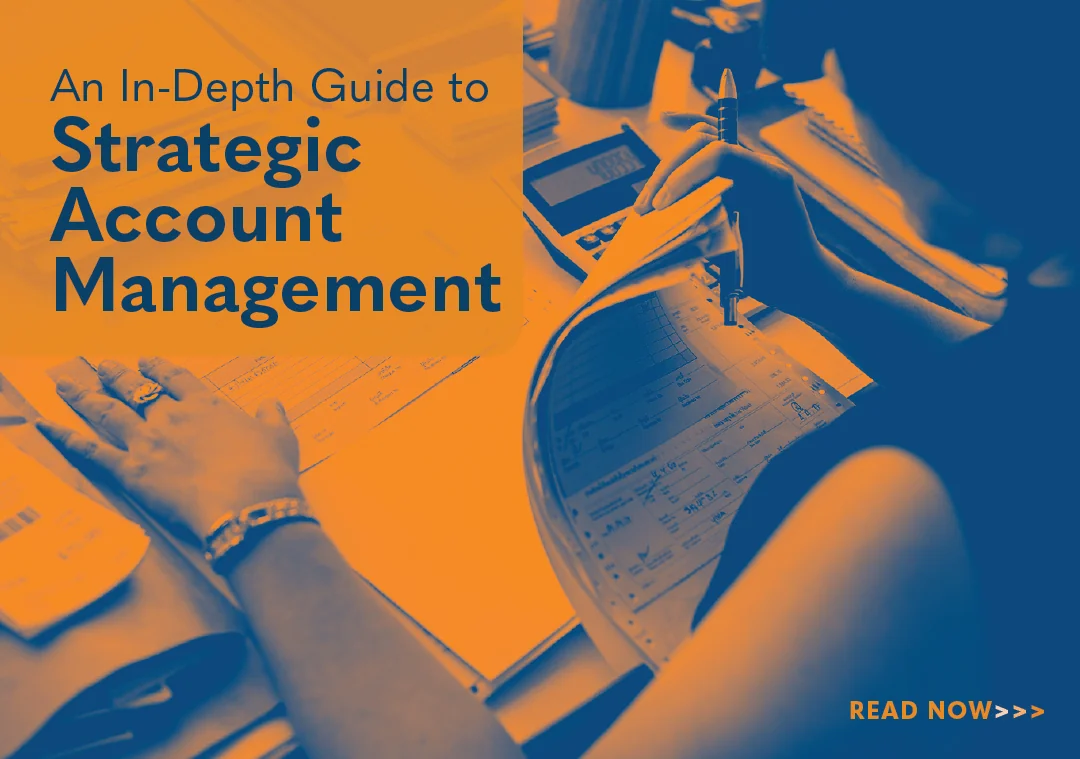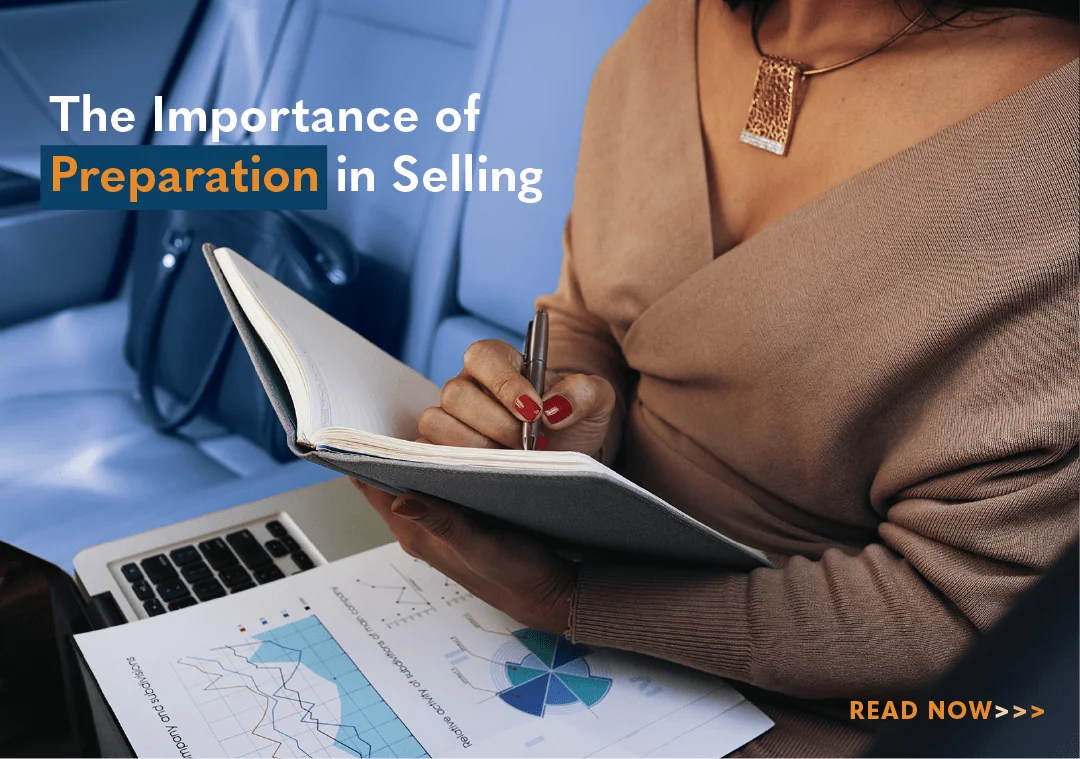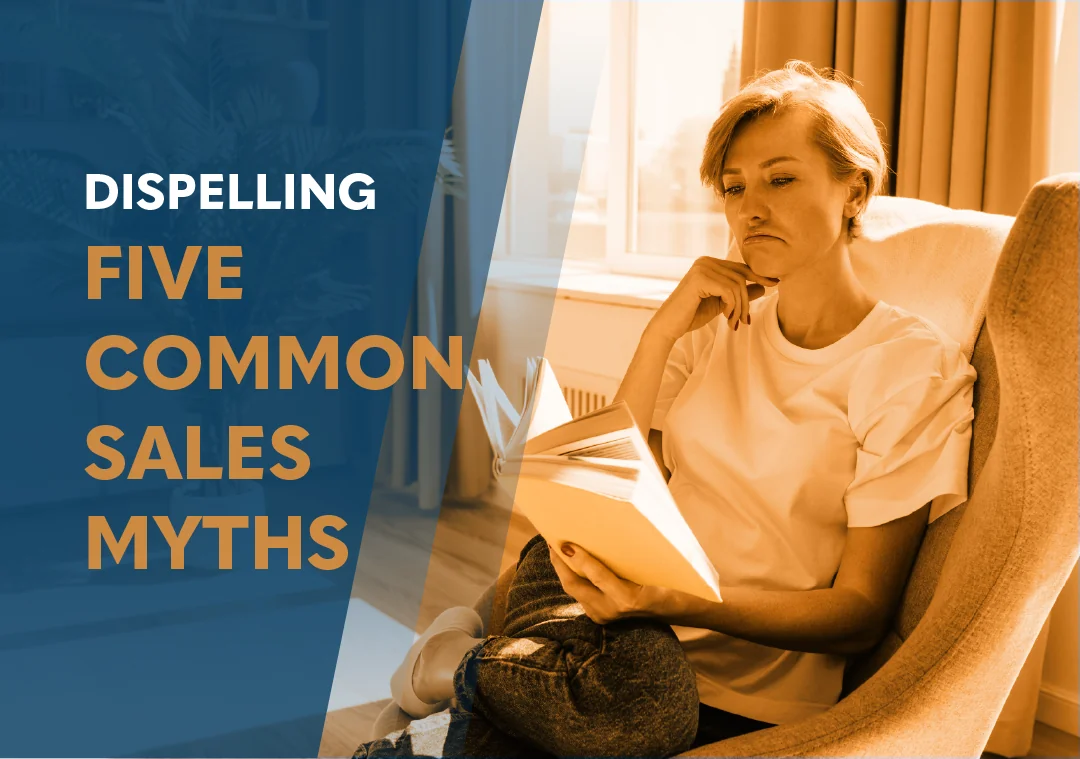Cross-Selling and Upselling to Boost B2B Deal Size

In B2B sales, cross-selling and upselling are pivotal to maximizing growth and profitability. They also increase revenue per customer, making them vital to sustained success. Further, these activities can strengthen customer relationships and create loyalty.
However, cross-selling and upselling can present challenges. For example, Fluent Support notes 37% of marketers shy away from cross-selling. Most likely, this stems from negative sales stereotypes. And let’s face it, the term “upselling” can be unfortunate from a buyer’s point of view. In addition, Gitnux notes only 20% of customers believe cross-selling and upselling recommendations meet their needs.
As we’ll see, the data on cross-selling and upselling is overwhelmingly positive. This suggests these sellers aren’t doing it right. To that end, then, let’s examine how cross-selling and upselling can boost deal size. In addition, we’ll look at several actionable strategies to maximize cross-selling and upselling endeavors.
Understanding Cross-Selling and Upselling
First, let’s note key differences between cross-selling and upselling. Although often used together, these terms apply to specific tactics to achieve distinct outcomes.
In cross-selling, sellers offer products and services to complement an existing customer’s original purchase. For example, a salesperson who sells financial services may cross-sell life insurance. Customers interested in financial services often have a need for life insurance. Rather than seeking an additional agent, the customer benefits from one who sells both.
Upselling is persuading buyers to upgrade to premium products or services. For example, upselling a client who buys widgets to extra-durable widgets. It can also include package deals, bundles, and incentives, such as a suite of widget-related products/services. These can be tiered, such as bronze, silver, or gold packages. And they can include addons, like replacements, and assorted colors, priced accordingly.
Both provide added value. Used together, these techniques build relationships, increase deal size, and ensure lasting success.
The Role of Cross-Selling and Upselling
As noted, cross-selling and upselling can seem salesy. And sellers can be excused for imagining a customer’s snide, “Of course, it’s more expensive!” However, the key to all selling is solving problems, achieving goals, and providing positive experiences. And this is as true when cross-selling and upselling as in initial sales. When cross-selling and upselling, consider the following:
- Increase value
- Build relationships
- Enhance the customer experience
Tailored solutions enhance value propositions. But remember, a client’s needs are constantly evolving. Through organizational or industry changes, yesterday’s solutions have diminishing shelf lives. This requires more frequent upgrades and additions.
To master these twin arts, sellers must play the long game. By monitoring the client’s changing needs, they can proactively offer timely upgrades and addons, enhancing value. In this, sellers prove trusted advisors, partnering in the buyer’s success and solidifying relationships.
While cross-selling and upselling can seem to favor sellers, sellers must demonstrate how they’re win-win. Additional products and services do come at a cost. However, this is offset by greater value, increased functionality, and an enhanced customer experience.
Cross-Selling and Upselling by the Numbers
Though some sellers have reservations, the benefits of cross-selling and upselling cannot be denied. Consider the following:
- Semrush notes the chance of selling to a new customer is only 5-20%. However, it’s 60-70% for existing customers. Plus, existing customers spend 67% more.
- According to Zippia, existing customers account for 65% of revenue. Further, the top 10% of the most loyal spend three times more than the remaining 90%.
- HubSpot notes 87% of sales professionals cross-sell and 91% upsell, driving 21% of revenue.
- Gitnux says cross-selling can increase the lifetime value of a customer up to 14%. Also, it can boost customer loyalty by 10%.
Further, HubSpot’s 2024 State of Sales Report is revealing. There, 29% of salespeople say establishing trust and rapport is the most effective upselling strategy. This outranks any other strategy. In addition, 86% say AI will make cross-selling and upselling easier. For example, AI’s predictive analytics can uncover trends in buying habits, preferences, and purchase history. These can reveal the products/services and upgrades to best complement existing deals.
In addition, McKinsey notes, when it comes to cross-selling and upselling, 85% of customers prefer digital channels. Therefore, organizations must ensure the viability of these options.
The Foundation of Cross-Selling and Upselling
While most sellers cross-sell and upsell, boosting deal size requires a multipronged approach. The following four pillars provide a strong foundation:
- Know the client
- Right deal, right time
- Data-driven insights
- Trust and credibility
A sales organization’s CRM is a miniature warehouse. Properly maintained, it contains vital information on clients, key players, and deal histories. These can identify deals that can use a refresh. Further, always check client feedback, whether word-of-mouth, surveys, or social media. These show where clients are and what they think.
With cross-selling and upselling, timing is crucial. Too early, sellers can appear pushy. Too late, they miss an opportunity. Typically, clients are most receptive at these critical times:
- Immediately following purchases
- During renewals
- After leaving positive feedback
- When they express a new interest or wish
In addition, note the stages of the customer’s journey. You don’t want to interrupt or overwhelm with too much too soon.
Depending on the size of the client and deal, six months can be a long time. A year can be forever. But don’t rely on the calendar. Specific data can reveal opportunities and when it’s time for change. And this data can increase deals. For example, based on current economic projections, show how much clients stand to gain by upgrading now.
For sellers who fear the pushy sales stereotype, reliability, transparency, and responsiveness are the best counters. If you’ve established these, you’re not pushing to achieve more for yourself. Instead, you’re looking to do more for you both. With that, let’s look at how to achieve this end.
Actionable Techniques to Master Cross-Selling and Upselling
Customer Research: Research is essential in all sales engagements. But in cross-selling and upselling, research is more targeted. Here, you already know the client. According to HubSpot, 49% of reps who upsell say the key is understanding needs and goals. Therefore, reps must:
- Know the client’s latest objectives and pain points
- Utilize purchase history to seek trends
- Identify complementary products or services
Strategic Bundling: New selling initiatives often focus on singular products and services. This is understandable. Relationships are fresh. Trust is developing. However, in cross-selling and upselling, you already have relationships and trust. Therefore, the most effective package often wins. This makes it all about the bundles. According to HubSpot, bundling is the most popular form of cross-selling, used by 63% of sales teams. Consider:
- Bundling complementary products/services
- Incentivizing with long-term offers
- Showcasing convenience and cost-effectiveness
Leverage Data: Sales is a data-driven profession. And for cross-selling and upselling, your CRM is a trove of useful data. In addition, emerging technology, such as AI, can quickly analyze, synthetize, and segment that data. This can make cross-selling and upselling more personal. And according to Gitnux, personalized recommendations boost sales 35%. To leverage data in cross-selling and upselling:
- Analyze browsing data, preferences, and purchasing history
- Utilize predictive analytics to anticipate need and personalize recommendations
Value-Added Solutions: Sales success is always predicated on value. Of course, sellers and buyers can see this differently. In cross-selling and upselling, sellers should recognize this distinction and prepare. For example:
- Present specific solutions for specific challenges
- Emphasize the long-term cost savings of your solutions
- Demonstrate the effectiveness and value of combined solutions
Tailored Recommendations: Today, to match customer preferences, sales teams must personalize. In fact, CMSWire cites the following:
- With hyper personalization, 86% of companies see an uptick in business.
- 90% of consumers find it appealing.
- 78% are more likely to purchase from brands that hyper-personalize.
When cross-selling and upselling, sellers should tailor their recommendations. This means:
- Avoid generic pitches
- Customize to the client’s industry, size, and unique needs
- Target specific goals
Overcome Objections: In all sales transactions, price is the most common objection. For cross-selling and upselling, Gitnux notes 72% of sellers achieve success with transparent pricing. Some more tips include:
- Present value before price
- Demonstrate the coast of inaction
- Emphasize long-term ROI
- Provide flexible terms
- Offer free trials
Leverage Case Studies: Social proof is effective. Buyers want assurances their investments will achieve positive outcomes. This includes solutions that are worth the price, work as advertised, and produce measurable results. When cross-selling and upselling, sellers should present specific case studies to:
- Highlight strategic partnerships and tailored solutions
- Showcase real success of comparable clients in similar situations
- Provide tangible results to quantify return on investment (ROI)
Conclusion
As you can see, despite some negative connotations, cross-selling and upselling drive sustained success. Mastering these techniques increases deal size and revenue growth. They also establish sellers as trusted advisors and strategic partners.
The trick, however, is demonstrating how cross-selling and upselling provide mutual benefits for both buyers and sellers. Rather than attributes of pushy sales stereotypes, cross-selling and upselling strengthen relationships and achieve win-win outcomes. We hope this helps your sales team reap the benefits of cross-selling and upselling.

- Account Planning (11)
- Awards (49)
- Client Testimonial (37)
- Personal Branding (19)
- Podcast (11)
- Research (70)
- Sales Career Development (87)
- Sales Coaching (156)
- Sales Consulting (137)
- Sales Culture (170)
- Sales Enablement (354)
- Sales Leadership (109)
- Sales Management (248)
- Sales Negotiation (16)
- Sales Prospecting (125)
- Sales Role-Playing (18)
- Sales Training (235)
- Selling Strategies (263)
- Soft Skills (70)
- Talent Management (94)
- Trusted Advisor (27)
- Virtual Selling (49)
- Webinar (9)


























